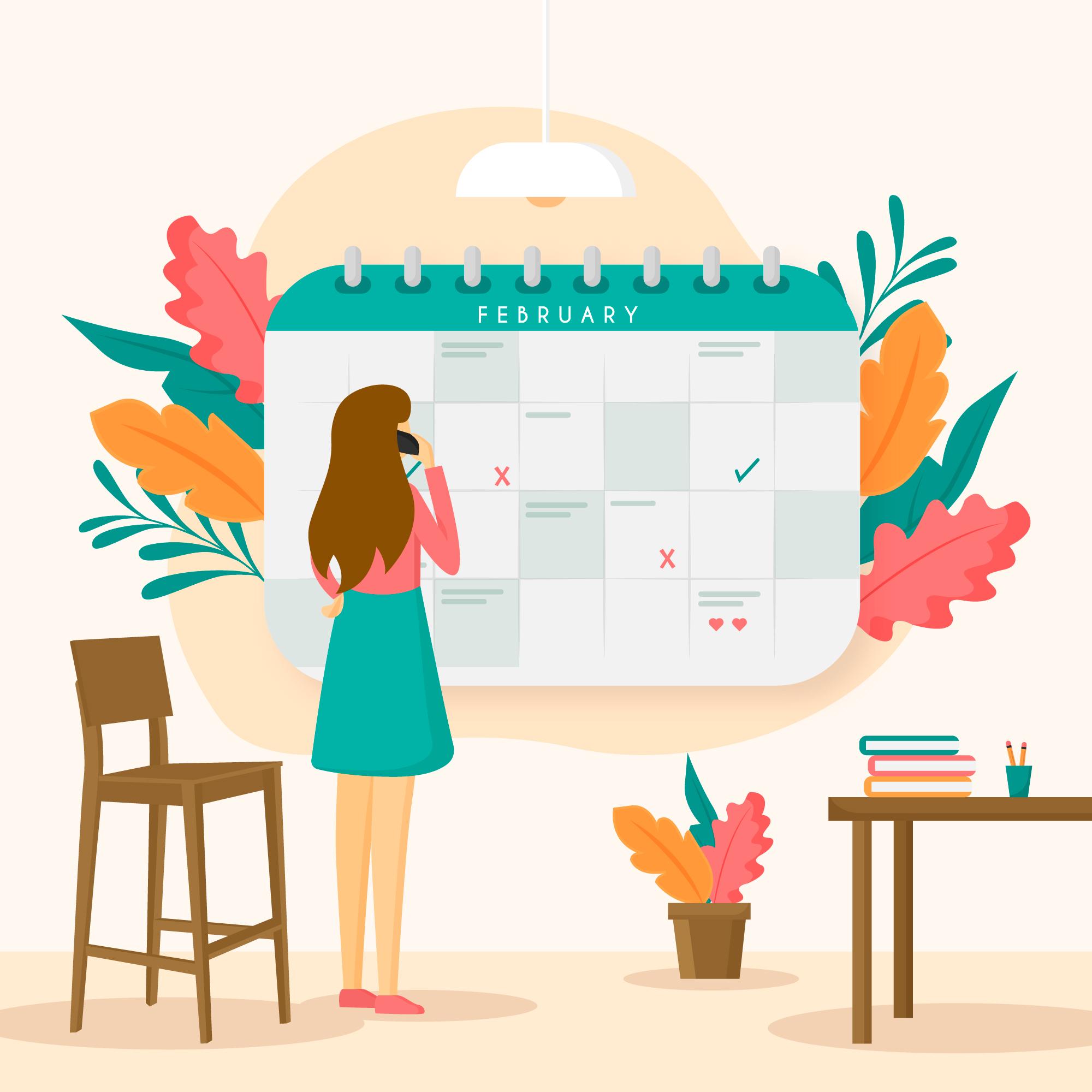
Using a digital monthly planner is a terrific way to remain on top of your schedule and organized in this digital age. Choosing the best planner with so many options can be challenging. We’ll review ten considerations in this blog post that you should make while choosing the ideal monthly planner for your requirements.
Purpose and Usage
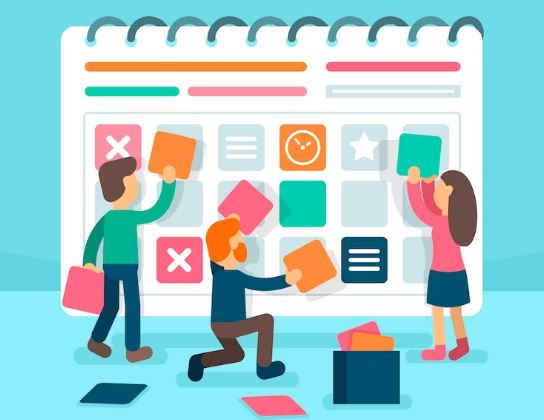
The first step in choosing a monthly planner is determining its purpose and usage. Will you use it for work, school, personal life, or a combination? Are you using it for weekly, daily, or yearly planning? You can reduce your alternatives by being aware of the intended usage.
An indispensable tool for maintaining organization and time management is a monthly calendar. It is a calendar that allows users to plan their activities, appointments, and deadlines for the entire month.
The purpose of a monthly planner is to help individuals keep track of their commitments, prioritize tasks, and achieve their goals. People of all ages and occupations benefit from using a monthly planner. Students can use it to manage their academic workload, including assignments, exams, and extracurricular activities.
Professionals can use it to plan their work schedules, deadlines, and meetings. Parents can use it to schedule family activities and appointments. Essentially, anyone who wants to stay on top of their responsibilities can use a planner. A monthly planner can help individuals increase productivity and reduce stress.
People can avoid the last-minute rush and make sure they have enough time to finish their chores by planning their activities. The planner also allows them to allocate time for self-care activities such as exercise, hobbies, and socializing. Burnout is decreased, and a good work-life balance is encouraged.
Types of Planner
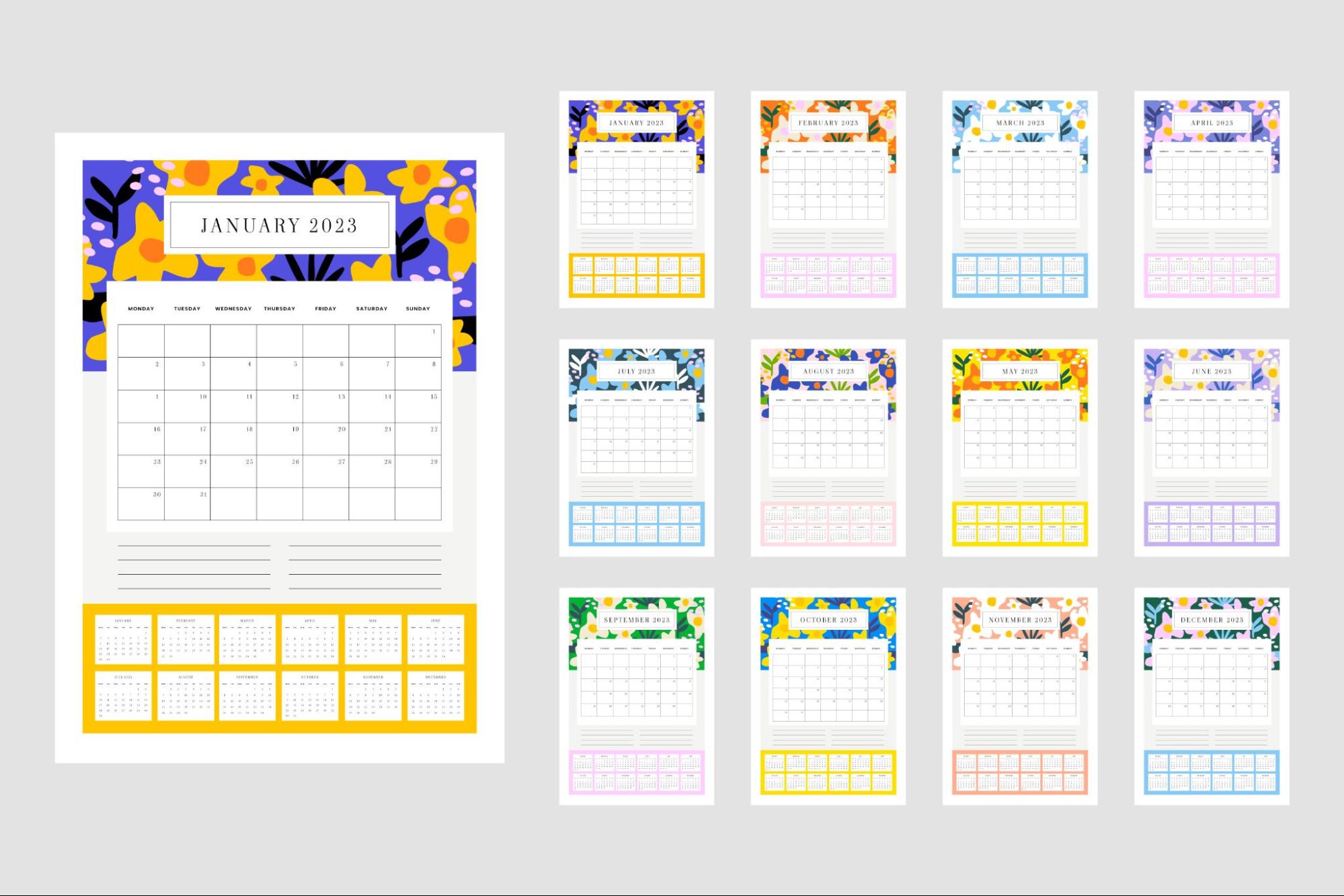
There are different types of planners, such as desktop computer planners, ring-bound planners, and 12-month monthly planners. Consider which type of planner will suit your needs and preferences.
There are many different kinds of monthly planners on the market, each created to meet particular requirements and tastes. Here are some common types of planners:
- Wall Calendar Planner: This type of planner is usually hung on a wall and provides a monthly view of the year. For people who prefer to have a visual representation of their schedule and activities, it is perfect.
- Desktop Planner: A desktop planner is designed to sit on a desk and provides a convenient way to organize activities and appointments. It is usually a spiral-bound notebook and provides a monthly view of the year and space for notes.
- Digital Planner: A digital planner is an electronic version of a monthly planner that can be accessed through a computer or smartphone. It provides the convenience of accessing your schedule and activities from anywhere and also allows for easy editing and sharing.
- Bullet Journal: Using their pages and layouts, users of a bullet journal can customize this type of planner. It is ideal for those who want to plan in a more distinctive and innovative manner.
- Teacher’s Planner: This type of planner is designed specifically for teachers and provides space to plan lessons, assignments, and grading. It may also include features such as student attendance records and behavior logs.
- Student Planner: A student planner is designed to help students manage their academic workload by providing space to plan assignments, exams, and extracurricular activities. It may also include space for notes and goal setting.
- Travel Planner: A travel planner is designed to help individuals plan and organize their travel itinerary. It may include packing lists, budgeting, and reservation tracking.
The kind of monthly plan you choose will depend on your preferences and needs. Consider portability, customization, and specific features when selecting a monthly planner. Using the right planner, you may effectively manage your time and accomplish your objectives.
Layout and Features

Layout and Features Consider the structure of the planner. Do you prefer a horizontal or vertical layout? Do you need plenty of space for notes or meal planning? Pick a planner with features like habit trackers and goal-setting space that fits your lifestyle.
The layout and features of a monthly planner are crucial factors in choosing the right planner that meets your needs. The following are some standard features and layouts of monthly planners:
1. Monthly View
The monthly view offers a broad perspective of the entire year, presenting a grid layout that enables individuals to record and track appointments, events, and deadlines for each month. It provides a convenient way to visualize and plan ahead, ensuring efficient time management and coordination.
2. Weekly View
The weekly view offers a comprehensive overview of each week, encompassing dedicated sections for tracking daily tasks, scheduling appointments, and making relevant notes. It facilitates effective planning and organization, ensuring that important events and responsibilities are well-managed.
3. To-Do List
A to-do list is a feature that allows individuals to list down their tasks for the month, week, or day. It aids users in remaining organized and focused on their objectives. By helping individuals prioritize and track their progress, it promotes productivity and effective time management.
4. Notes Section
The notes section acts as a dedicated area for jotting down reminders, brainstorming ideas, and documenting crucial information. It serves as a helpful resource for organizing and accessing important notes at a later time.
5. Goal Setting Section
The goal-setting section provides a designated space for individuals to articulate and outline both their short-term and long-term objectives. It aids in creating a clear roadmap for personal growth, motivation, and achievement.
6. Time Slots
A time slot feature provides space to write down appointments and tasks according to a specific time. It is helpful for people who need to manage their time due to a busy schedule.
7. Stickers
Stickers are a fun and creative way to personalize your personal planner. They can highlight important events or tasks and add color and personality to your planner.
The layout and features of a planner are crucial in choosing the right planner that meets your needs. Consider the features that are important to you, such as a monthly or weekly view, to-do lists, notes section, and goal-setting section.
Additionally, think about incorporating innovative and entertaining features into your planner, such as stickers, to make it more unique and exciting to use. By selecting the proper planner layout and features, you can effectively manage your time, stay organized, and achieve your goals.
Additional Features
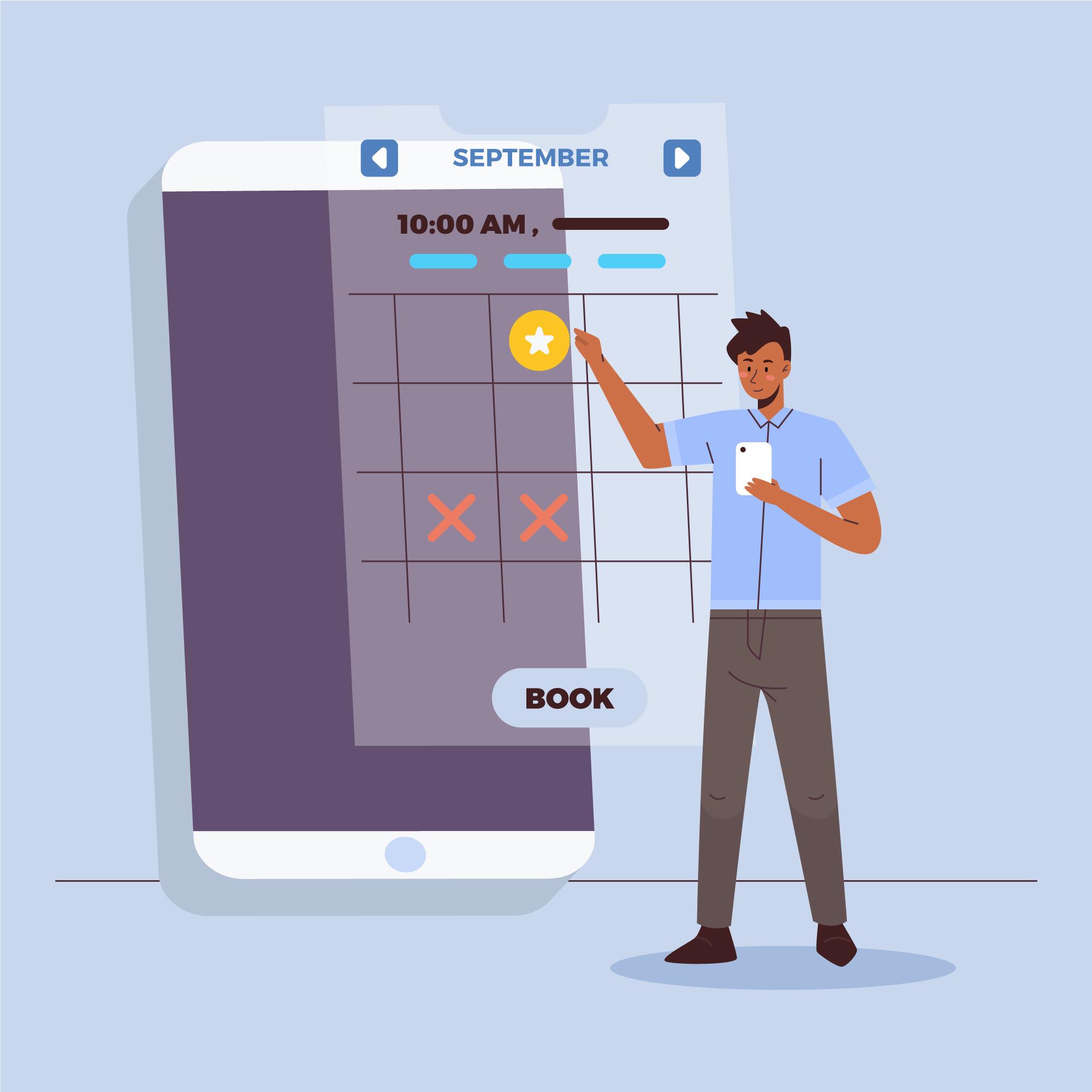
Some planners have additional features like family schedules, soccer practices, and color coding. In addition to the standard features and layouts, many planners offer additional features to enhance the user’s planning experience.
Here are some additional features that you might find in a monthly planner:
1. Habit Tracker
The habit tracker is a useful tool for monitoring and maintaining consistency in daily or weekly habits. It provides a visual representation of progress and helps individuals stay accountable to their goals and routines.
2. Expense Tracker
An expense tracker will enable individuals to keep track of their monthly expenses and stick to their budgets. It helps users avoid overspending and save money. By providing a clear overview of spending patterns, it empowers users to effectively control their finances and cultivate better saving habits.
3. Meal planner
A meal planner has spaces for a week’s or a month’s worth of meals. It allows users to eat healthier, save money, and reduce food waste. It promotes efficiency in grocery shopping and preparation, ultimately leading to more balanced and cost-effective meal planning.
4. Mood Tracker
The mood tracker provides a tool for individuals to log and monitor their daily or weekly moods, facilitating self-reflection and awareness of their mental well-being. By identifying patterns and triggers, users can gain insights into their emotional state and take proactive steps towards managing their mental health effectively.
5. Contacts List
The contacts list serves as a centralized repository for storing and organizing essential contact details, including phone numbers, email addresses, and other pertinent information. It ensures quick and easy access to important contacts, enhancing communication efficiency and convenience.
6. Inspirational Quotes
Incorporating inspirational quotes within a planner or journal adds a touch of positivity and encouragement to the user’s daily routine. These quotes serve as uplifting reminders and can boost motivation, resilience, and overall well-being.
7. Monthly Reflection
A monthly reflection section allows individuals to reflect on their achievements, challenges, and progress for the month. It helps users identify areas for improvement and set new goals for the upcoming month.
Syncing and Accessibility

Consider whether the planner syncs with your calendar or whether you can access it from different devices. This can be a crucial feature if you need to access your planner when you’re on the go.
The importance of synchronization and accessibility should be considered when choosing a planner. With the advent of technology, digital planners have become increasingly popular, and many offer syncing and accessibility features.
When selecting a planner, it’s important to consider syncing and accessibility features. Syncing allows users to access their planner across multiple devices like smartphones, tablets, and computers, ensuring that tasks, events, and appointments stay up to date. Some digital planners have automatic syncing, while others require manual syncing.
Cloud storage is another factor to consider. It allows individuals to save their planner data on the internet, making it accessible from any device with an internet connection. This ensures that planner information is not lost if a device is misplaced or damaged. While some digital planners offer free online storage, others may charge a fee.
Accessibility refers to how easily one can access the planner from different devices and platforms. A planner that is compatible with various operating systems, such as Android and iOS, allows individuals to use their planner regardless of the device they are using.
Sharing is another consideration. It enables users to share their planners with family members, coworkers, or others, ensuring everyone is on the same page and can collaborate on tasks and events. Some digital planners provide sharing features that allow individuals to share specific events or tasks with others.
Consider the syncing and accessibility features that are important to you, such as cloud storage and sharing, when selecting a planner. By selecting a planner with these features, you can access your planner from multiple devices, collaborate with others, and ensure that all your data is up-to-date and secure.
Personal Preferences

Choosing a planner is a personal decision. Consider your preferences, such as the sleek design, monthly overview, or desk pad. Online planners are becoming increasingly popular, especially for individuals who prefer digital solutions for organizing their lives.
When selecting an online monthly planner, personal preferences play a significant role in ensuring it meets an individual’s unique needs. The online planner’s layout and design should be taken into account. Some individuals may prefer a minimalist layout, while others may want a more colorful and decorative design.
Another crucial factor is the online planner’s usability and accessibility. The online planner should be easy to navigate, and individuals should be able to access it from multiple devices.
The syncing and cloud storage features of the online planner are also critical considerations.
These features allow individuals to access their planner from anywhere and ensure that all appointments and tasks are up-to-date. The level of customization is another important consideration since individuals may want to customize their planner with their name or favorite quotes.
Finally, the level of security offered by the online planner is essential since individuals may have sensitive information stored in their planner. By considering their personal preferences, individuals can select a planner that meets their unique needs and helps them stay organized and achieve their goals.
Size and Storage

Consider the size of the planner and whether it offers enough storage for your needs. Choose a medium size planner that fits your lifestyle and has plenty of space for writing. When selecting a planner online, size and storage are crucial considerations.
The size of the online planner is an essential consideration since individuals may want a planner that is easy to navigate and use. It is essential to make sure the planner’s size complements the technology being used. For example, an online planner designed for a desktop computer may not work as well on a smartphone.
Storage is another important factor since individuals may want to store a large amount of data in their planners. Online planners should offer sufficient storage to allow individuals to store all their appointments, tasks, and notes without running out of space.
The level of security offered by the online planner is also important, and individuals should ensure that their data is secure and protected from unauthorized access. Since it enables people to save their planner data safely and access it from any device with an internet connection, cloud storage is a great choice.
By considering the size and storage needs of the online monthly planner, individuals can select a planner that meets their unique needs and helps them stay organized and achieve their goals.
**Price and Brand **

Price and brand are important factors to consider when choosing a planner. Find a product that fits your demands and budget by doing some research on various brands and reading reviews. When choosing a planner online, price and brand are crucial considerations.
The cost of the online planner is an essential consideration, and individuals should consider their budget when selecting a planner. There are both free and paid online planners available, with the paid versions often offering more features and customization options.
The brand of the online planner is also important since individuals may prefer to use a planner from a reputable brand that offers excellent customer support and has a history of producing high-quality products.
Popular brands may also offer more customization options and features. However, individuals should also be wary of overpriced planners from well-known brands and ensure that the features offered justify the cost. It is essential to read reviews and compare prices to ensure that the planner is reasonably priced and offers the desired features.
By considering the price and brand of the planner, individuals can select a planner that meets their budget and preferences while providing the necessary features to help them stay organized and achieve their goals.
Compatibility and Integration
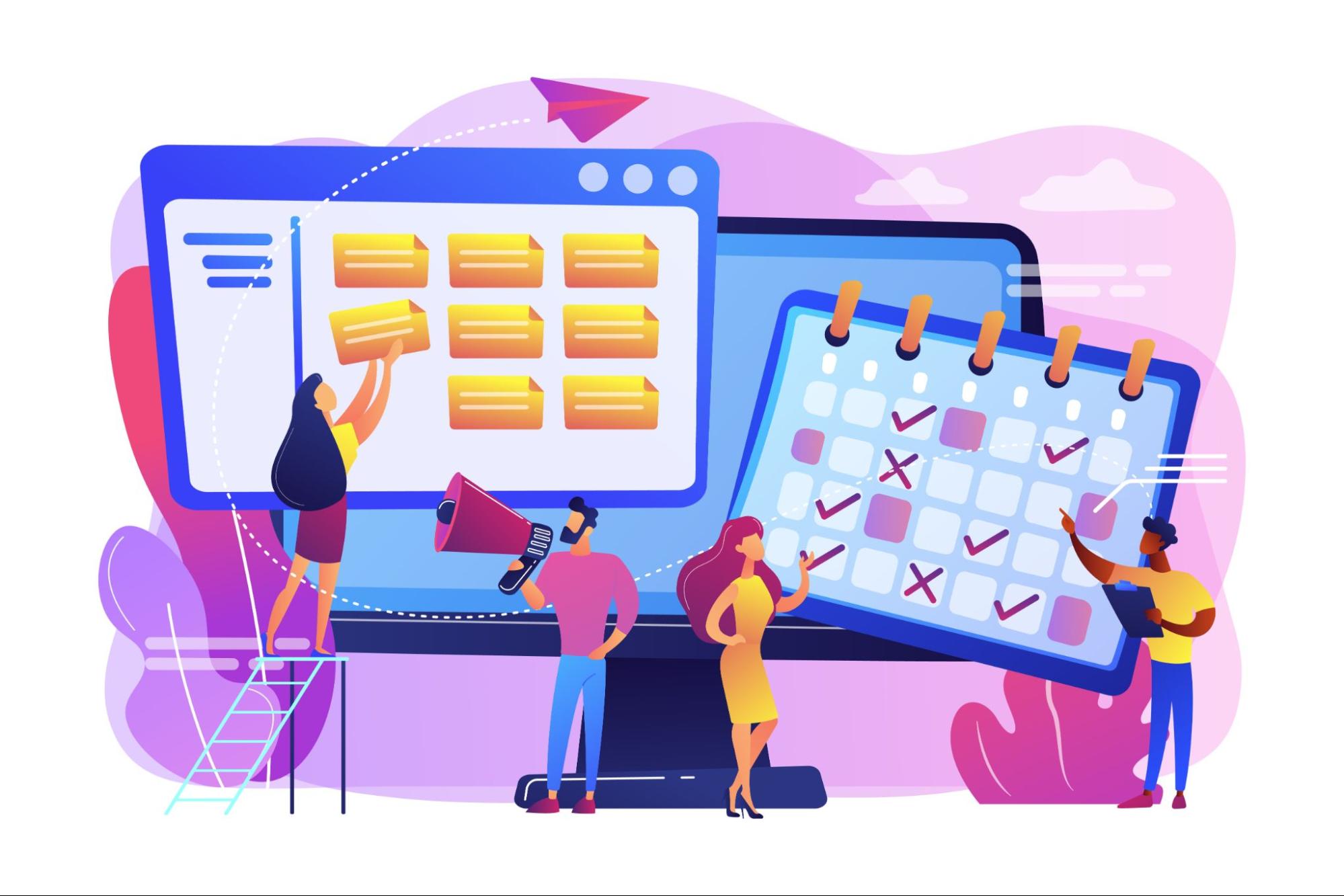
Consider whether the planner is compatible with your devices and integrates with your other apps. This can be important if you want to streamline your planning process. Compatibility and integration allow users to seamlessly sync their planners with other applications, streamline their planning process, and boost overall productivity.
One critical aspect of compatibility and integration is the ability to synchronize monthly planners with popular calendar applications such as Google Calendar, Apple Calendar, and Microsoft Outlook. This feature enables users to access their planners across multiple devices and platforms, ensuring they always have an up-to-date overview of their plans, appointments, and deadlines.
It also allows for the seamless sharing of schedules with family members, colleagues, or team members, facilitating collaboration and efficient time management.
In addition to calendar applications, integrating a calendar planner with task management tools such as Asana, Trello, or Todoist can significantly enhance its functionality.
This integration helps users track their tasks, set reminders, and monitor their progress, all within the planner itself. By combining the power of monthly planning with task management, users can easily visualize their goals, break them down into manageable tasks, and monitor their progress over time.
Furthermore, compatibility with productivity tools like Ever Note or Notion can empower users to attach important notes, documents, or files directly to their planner. This streamlined approach ensures all relevant information is readily accessible, making planning and organizing more efficient and effective.
Ease of Use and Support

Consider the ease of use of the planner and whether it offers support and tutorials. A user-friendly planner with good customer support can make a big difference in your planning experience.
Ease of use and support are very important factors to consider when selecting a planner. The online planner should be easy to use, navigate, and access from different devices. The interface should be user-friendly, with intuitive features that make it easy to add appointments, tasks, and notes.
Individuals should also consider the level of support offered by the online planner. The planner should also offer tutorials and guides to help individuals learn how to use the planner effectively.
Some online planners may offer customer support through chat, email, or phone, so individuals should consider the type of support they prefer. It is also important to consider the level of customization offered by the online planner. The planner should allow individuals to customize the layout, colors, and features to meet their unique needs and preferences.
By considering the ease of use and support offered by the online monthly planner, individuals can select a planner that is easy to use and customize and offers excellent customer support to help them stay organized and achieve their goals.
The Takeaway
Creating a weekly plan can be challenging, but by evaluating these ten crucial factors, you can simplify your options and discover the ideal digital planner that matches your needs. Devote sufficient time to research and select the optimal life planner that assists you in remaining structured and in control of your routine.
With a well-designed weekly planner, you can stay on top of your schedule, manage your tasks efficiently, and maximize your productivity throughout the week. By utilizing a weekly planner, you can also enhance your time management skills and maintain a sense of organization, ultimately leading to increased productivity and a reduced chance of missing important deadlines or appointments.

More Posts
Decluttering Your Workspace Avoids Procrastination: 10 Tips
Getting rid of clutter in your workspace helps you beat procrastination. A tidy area boosts your productivity, lowers stress, and increases creativity. Simple steps can change your work area for the better. Studies...
11 Tips for a Successful Monthly Meeting
Effective monthly meetings boost team spirit and work quality. They share company values and news, keeping everyone involved. Use tools like Zoom or Microsoft Teams for better remote participation. Polly's all-hands meetings are...
8 Advanced Scheduling Techniques for Improved Efficiency
Advanced scheduling techniques are key in project management. They boost efficiency and solve real-world problems. These methods are more than basic planning. They handle issues like unknown task times, assigning resources, and complex situations....
25 Effective Pros of Time Management Skills
Is time more valuable than money? Learn the pros of time management to make the best use of it. When you manage your time well, you open the door to personal success, career...